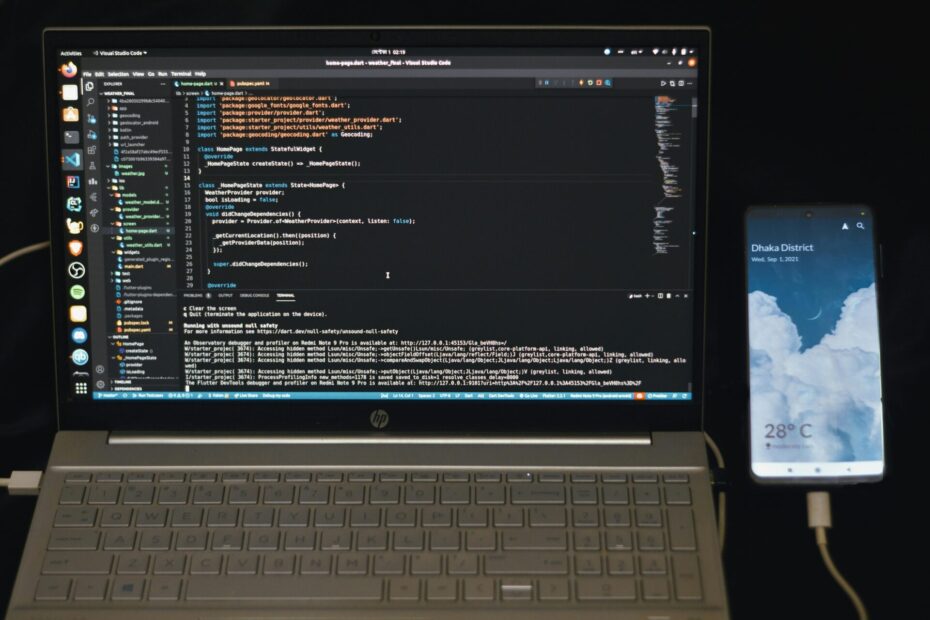In the fast-paced world of mobile technology, businesses are increasingly investing in mobile apps to enhance their customer engagement, expand their market reach, and boost revenue. However, developing a mobile app can be a costly endeavor, especially for startups and small businesses operating on a tight budget. Efficient budget management is crucial to ensure that your mobile app development process is both cost-effective and successful. Here are some strategic ways to make the most of your mobile app development budget.
1. Define Your App’s Core Objectives
Before diving into the development process, clearly define the core objectives and functionality of your mobile app. Understanding what you want your app to achieve and who your target audience is will help streamline the development process. Focus on essential features that align with your business goals and user needs, rather than overloading your app with unnecessary functionalities. This approach not only speeds up the development time but also reduces costs.
Example: A startup aiming to enter the food delivery market decided to focus on a unique selling proposition (USP) of delivering organic and health-focused meals. By concentrating on this niche, the app included features such as dietary preferences, meal customization, and nutrition tracking, avoiding the broader and more competitive market dominated by giants like UberEats and DoorDash.
2. Choose the Right Development Approach
There are several app development approaches, including native, cross-platform, and hybrid. Each has its pros and cons in terms of performance, user experience, and cost:
- Native apps offer the best performance and user experience but require a higher budget due to separate development efforts for iOS and Android.
- Cross-platform apps can be developed using a single codebase for multiple platforms, reducing development time and costs. Technologies like React Native and Flutter offer near-native performance and a good user experience.
- Hybrid apps are web apps wrapped in a native container, offering the lowest development cost but potentially compromising on performance and user experience.
- Native App Example: WhatsApp focuses on performance and seamless integration with device-specific features, like push notifications and access to the phone’s camera and photo library, necessitating separate development for iOS and Android for optimal user experience.
- Cross-Platform App Example: Airbnb uses React Native for its app development, allowing for a single JavaScript codebase that caters to both iOS and Android platforms, significantly saving on development time and resources.
Selecting the right development approach based on your app’s requirements and your budget constraints is crucial.
3. Prioritize MVP Development
An MVP (Minimum Viable Product) focuses on developing an app with just enough features to satisfy early users and provide feedback for future product development. This approach allows you to launch your app quicker and with a lower budget, gather user insights, and make informed decisions on which additional features are worth investing in.
Example: Dropbox initially launched with a simple MVP that focused on its core functionality—file syncing across devices. This approach allowed them to quickly gauge user interest and feedback without investing in additional features, which were gradually introduced based on user demand and feedback.
4. Outsource Wisely
Outsourcing your app development can significantly reduce costs compared to in-house development, especially if you choose regions with lower labor costs. However, it’s essential to choose a reputable development company or freelancers with a proven track record to ensure quality and reliability. Consider their portfolio, client testimonials, and communication skills when making your selection.
Example: Slack, the widely used communication platform, outsourced the design of its logo, website, and even part of its app development to ensure high-quality outputs while keeping internal resources focused on core functionalities. This strategic outsourcing helped Slack maintain budget efficiency during its critical development phase.
5. Utilize Open-Source Tools and Frameworks
The software development industry offers a plethora of open-source tools and frameworks that can significantly reduce development costs. These resources are free to use and can help accelerate the development process. However, ensure that the tools or frameworks you choose are well-supported and commonly used in the industry to avoid potential issues down the line.
Example: Signal, a privacy-focused messaging app, leverages several open-source libraries and frameworks to ensure secure messaging. By using established encryption libraries instead of building their own from scratch, Signal saved on development costs and ensured a high level of security and reliability.
6. Focus on Agile Development
Agile development methodologies allow for continuous iteration of development and testing during the software development lifecycle. This approach enables you to make changes and pivot more easily based on feedback, reducing the risk of costly reworks. Agile development promotes transparency, improves productivity, and helps keep the project within budget.
Example: Spotify uses agile development methodologies to continuously improve its app based on user feedback. They employ squads, tribes, and guilds to remain agile, allowing them to rapidly iterate on features and adapt to user needs without significant budget overruns.
7. Monitor and Optimize Development Costs
Regularly monitoring your development costs is crucial to staying within budget. Set up a transparent tracking system to monitor hours worked, resources used, and progress made. This visibility allows you to identify any budget overruns early and make necessary adjustments. Additionally, continuously look for ways to optimize the development process, such as automating repetitive tasks or reusing code components.
Example: A small e-commerce app regularly reviews its development process and costs using project management tools like Jira and Trello. By analyzing time spent on tasks and identifying bottlenecks, the team can reallocate resources, automate testing, and streamline workflows to stay within budget.
Conclusion: Mobile App Development
Developing a mobile app on a budget requires careful planning, strategic decision-making, and ongoing cost optimization. By defining clear objectives, choosing the right development approach, focusing on an MVP, outsourcing wisely, utilizing open-source tools, adopting agile methodologies, and monitoring development costs, you can create a successful mobile app without breaking the bank. Remember, the goal is to build a functional and appealing app that meets your users’ needs while maximizing your return on investment.
